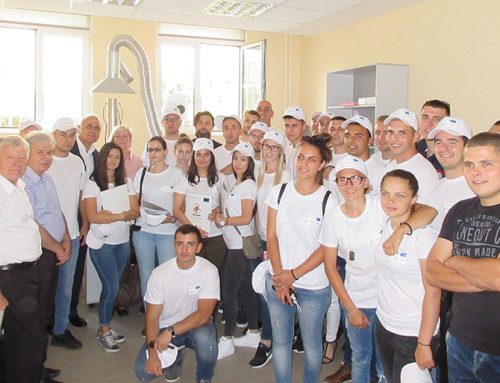Accidents happen. And we would all like to think that if we were involved in one, an ambulance would be there to take us to hospital for treatment in a matter of minutes. We would also like to think that all the best equipment would be on board the vehicle in case paramedics needed to treat us while on our way there.
Emergency health services around Europe are striving to meet such expectations all the time, but in Serbia, their task has been made much harder due to a severe lack of ambulances to call on. In 2009, the country’s Ministry of Health reported that Serbia’s health centres were serviced by a mere 148 ambulances, most of which had been in use for over 20 years.
Ambulances to the rescue
In January 2009, to assist the Serbian government in its bid to reform its emergency medical service and health sector at large, the European Union stepped in with a year-long project focused on delivering 252 new ambulances to health centres around Serbia.
Funded to the tune of €9 million through the EU’s Instrument of Pre-Accession Assistance Funds, the project selected 6 health centres to which to donate its ambulances. The General Hospital in Požarevac, central Serbia, was one such medical facility to benefit. It received two ambulances. It may not sound like a significant number but the hospital’s emergency services felt their impact immediately, as the hospital director, Srecko Bosic, explains: “When you have two new emergency vehicles, which you can use every hour, or every half an hour you can go out on the field more than 30 times a day.”
The quality of equipment provided in the ambulances marked a significant step forward for the hospital, too. Says Bosic: “The chance to work with modern emergency equipment was a big thing for us. Even now, two years after the donation, those are still our best vehicles. Thanks to this donation, we manage to respond better to the request of patients and to give them a medical service that they deserve and have a right to.”
Greater access to health care
Although Serbia’s Ministry of Health is still looking to increase the number of ambulances it has across the country, the EU-backed project reduced the original number required by half. More importantly, it also reduced the risk for patients being transported in unsafe vehicles and the waiting times – that can sometimes spell the difference between life and death – for emergency health care.
A number of the 252 donated ambulances were provided to areas populated by national minorities, Roma and other underprivileged groups, whose access to the health care system has often proven difficult in the past. Today, Serbia’s emergency medical services are responding to and providing a safer journey for more patients than ever before. A reassuring thought for all.
More information
Project: Supply of Emergency Medical Vehicles for Health Centres in Serbia
Implemented by: Preduzece Za Uvoz I Prodaju Motornih Vozila Vitro Group Doo Beograd



